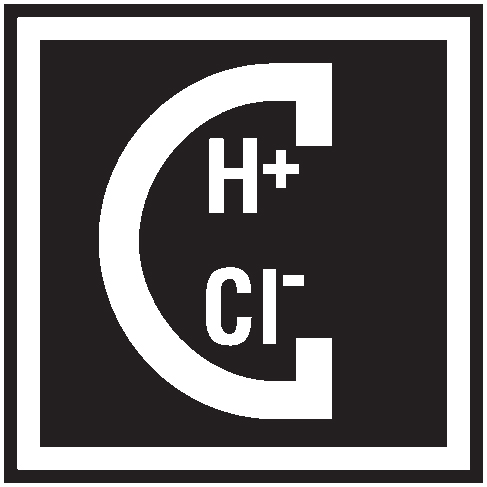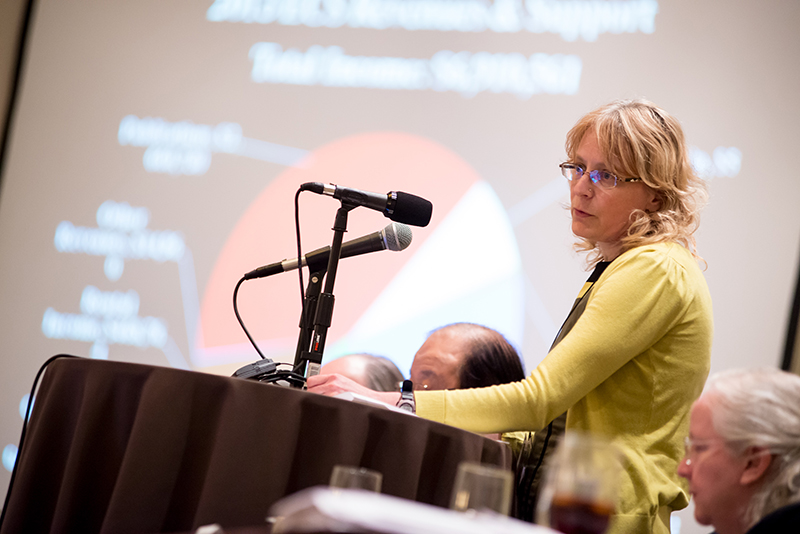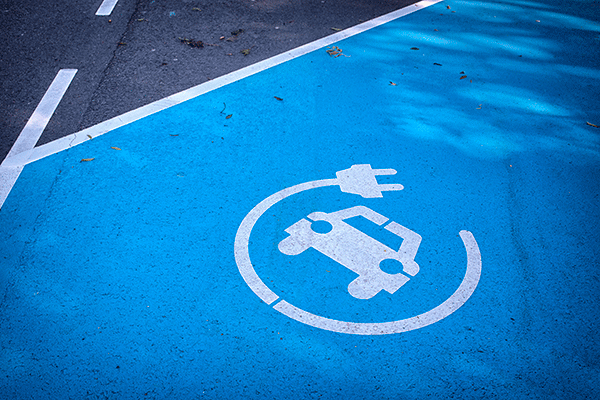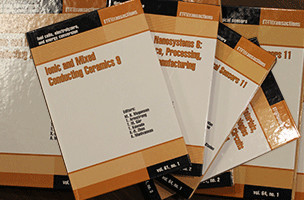 The ECS Corrosion Division is currently accepting nominations for the following two awards:
The ECS Corrosion Division is currently accepting nominations for the following two awards:
Corrosion Division Morris Cohen Graduate Student Award: established in 1991 to recognize and reward outstanding graduate research in the field of corrosion science and/or engineering. The award consists of a framed scroll and $1,000 prize. The award, for outstanding Masters or PhD work, is open to graduate students who have successfully completed all the requirements for their degrees as testified to by the student’s advisor, within a period of two years prior to the nomination submission deadline.
Herbert H. Uhlig Award: established in 1972 to recognize excellence in corrosion research and outstanding technical contributions to the field of corrosion science and technology. The Award consists of $1,500 and a framed scroll. The recipient is eligible for travel reimbursement in order to attend the Society meeting at which the award is presented.


 Submit your manuscripts to the ECS Journal of Solid State Science and Technology (JSS)
Submit your manuscripts to the ECS Journal of Solid State Science and Technology (JSS)  Within the next month, energy watchers expect the Federal Energy Regulatory Commission to act on an
Within the next month, energy watchers expect the Federal Energy Regulatory Commission to act on an  Pillared graphene would transfer heat better if the theoretical material had a few asymmetric junctions that caused wrinkles, report engineers.
Pillared graphene would transfer heat better if the theoretical material had a few asymmetric junctions that caused wrinkles, report engineers. A copyright battle between ResearchGate and a handful of publishing giants continues as the academic social network bends to pending legal pressure, restricting access to at least
A copyright battle between ResearchGate and a handful of publishing giants continues as the academic social network bends to pending legal pressure, restricting access to at least  Don’t miss this opportunity to join us as ECS comes to the Seattle Sheraton and Washington State Convention Center in Seattle, WA from May 13-17, 2018, for our 233rd meeting.
Don’t miss this opportunity to join us as ECS comes to the Seattle Sheraton and Washington State Convention Center in Seattle, WA from May 13-17, 2018, for our 233rd meeting. As sustainable technologies continue to expand into the marketplace, the demand for better batteries rises. Many researchers in the field are looking toward all-solid-state batteries as a promising venture, citing safety and energy density properties. Now, one company is looking to take that work from the lab to the marketplace.
As sustainable technologies continue to expand into the marketplace, the demand for better batteries rises. Many researchers in the field are looking toward all-solid-state batteries as a promising venture, citing safety and energy density properties. Now, one company is looking to take that work from the lab to the marketplace. New research is building a bridge from nature’s chemistry to greener, more efficient synthetic chemistry.
New research is building a bridge from nature’s chemistry to greener, more efficient synthetic chemistry. Did you know that ECS is partnered with
Did you know that ECS is partnered with